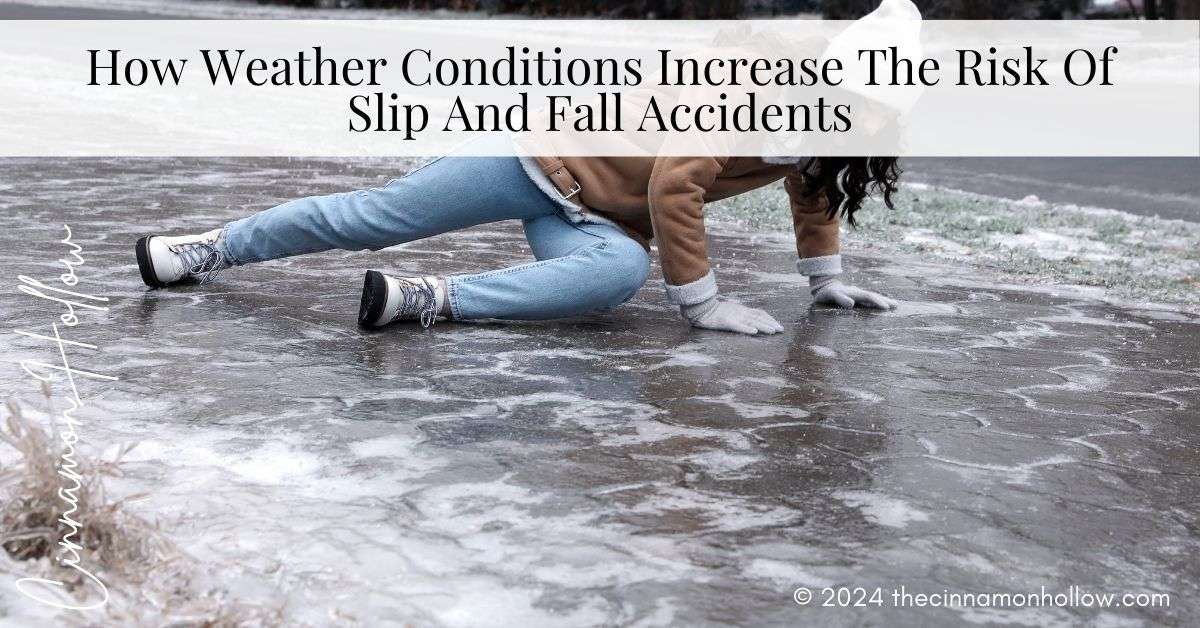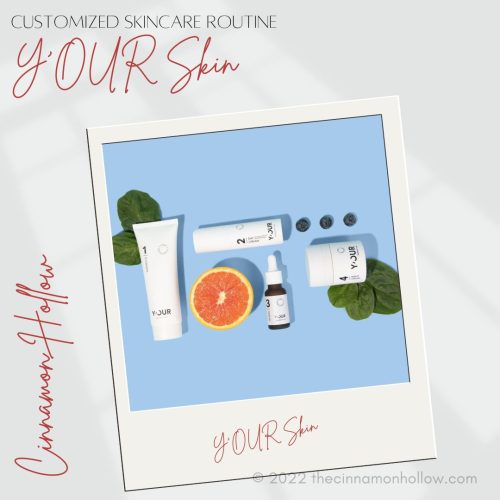Slip and fall accidents are among the most common causes of personal injury, and weather conditions play a significant role in increasing their risk. Whether it’s ice on the sidewalks, rain on floors, or wet leaves in parking lots, each season brings unique hazards that can lead to dangerous situations. Understanding how weather affects the risk of slip and fall accidents can help you stay safe year-round.
Winter Hazards: Ice And Snow
Winter is notorious for slippery surfaces caused by ice and snow, particularly in colder regions. Sidewalks, driveways, and parking lots can become treacherous when snow accumulates or when freezing temperatures cause water to turn into ice.
How It Increases Risk:
- Black Ice: One of the most dangerous hazards is black ice, a thin, nearly invisible layer of ice that forms when snow melts during the day and refreezes at night. Black ice can make even the most cautious walker slip unexpectedly.
- Unshoveled Pathways: Snow-covered sidewalks or stairs can hide uneven surfaces or obstacles. Without proper removal, these hazards pose a high risk of causing falls.
Prevention Tips:
- Property owners should shovel snow and apply salt or sand to icy surfaces.
- Wear shoes with good traction when walking in snowy or icy areas.
- Use handrails whenever possible on outdoor stairs during winter.
Rain: Slippery Surfaces Indoors And Outdoors
Rain can turn both outdoor and indoor spaces into slipping hazards. When rainwater gets tracked inside, it creates wet floors, which are a common cause of slip and fall accidents in public places such as grocery stores, shopping malls, and office buildings.
How It Increases Risk:
- Outdoor Risks: Rain makes sidewalks, roads, and steps slippery, especially if they are already worn or uneven.
- Indoor Risks: When people walk inside with wet shoes, they leave puddles that make floors slick, increasing the risk of slips.
Prevention Tips:
- Use absorbent mats near entrances to prevent water from pooling indoors.
- Place “Wet Floor” signs in areas with heavy foot traffic during rainy weather.
- Outdoors, ensure proper drainage to prevent water from pooling on walkways.
Fall: Wet Leaves And Debris
Autumn brings beautiful foliage, but when leaves fall and get wet, they become slick and dangerous. Wet leaves can cover walkways, driveways, and stairs, creating a hazard similar to ice.
How It Increases Risk:
- Leaf Accumulation: Piles of leaves, especially when wet, become slippery and can mask uneven ground or other tripping hazards, making falls more likely.
- Debris: Additional debris such as branches or mud can further increase the risk, particularly after a rainstorm.
Prevention Tips:
- Regularly rake and clear leaves from walkways and driveways.
- Be cautious when walking on leaf-covered surfaces, especially after rain.
Spring: Puddles And Mud
Springtime often brings heavy rains that result in mud and puddles, creating dangerous conditions for both pedestrians and drivers. Wet ground can be as treacherous as ice, especially in parking lots, sidewalks, or unpaved areas where water collects.
How It Increases Risk:
- Puddles: Standing water on sidewalks, stairs, or parking lots can cause slips, especially when it’s not immediately visible.
- Mud: Soft, muddy ground is unstable and can cause individuals to lose their footing, particularly on slopes or unpaved areas.
Prevention Tips:
- Avoid walking through puddles when possible and stay on stable ground.
- Wear waterproof shoes with solid grip during spring to avoid slipping in muddy conditions.
Summer: Poolside And Humid Conditions
While summer is usually less hazardous in terms of weather, there are still risks for slips and falls, particularly around backyard pools and water parks where wet surfaces abound. Additionally, high humidity can cause condensation to form on floors indoors, increasing the potential for slips.
How It Increases Risk:
- Poolside Slips: Pool decks and surrounding areas are often slick with water, increasing the risk of a slip and fall accident.
- Condensation Indoors: In areas with high humidity, condensation may collect on floors, particularly near windows or doors. If someone suffers an injury due to these conditions, consulting with a slip and fall injury lawyer in Phoenix, Arizona can help victims understand their legal options and potential for compensation.
Prevention Tips:
- Use slip-resistant mats and surfaces around pools and wet areas.
- In humid areas, regularly check for and clean up any condensation on indoor floors.
Fog And Frost: Unexpected Slip Risks
Early morning fog and frost can add hidden slip hazards to roads, sidewalks, and driveways. Frost can act like a thin layer of ice, creating slippery surfaces when the temperature drops overnight.
How It Increases Risk:
- Frosty Surfaces: Similar to ice, frost can form on cars, stairs, and walkways, making them slick and dangerous.
- Reduced Visibility: Fog can obscure vision, making it harder to spot slippery surfaces or uneven ground ahead.
Prevention Tips:
- Be extra cautious when walking in the early morning during frosty weather.
- Clear frost from outdoor stairs and walkways before using them.
Weather conditions can significantly increase the risk of slip and fall accidents, but with awareness and proper precautions, many of these accidents can be prevented. Whether you’re dealing with icy winter sidewalks, rainy spring days, or slick pool decks in summer, taking the necessary steps to ensure safety can help reduce the likelihood of an injury.
We are not doctors and this is in no way intended to be used as medical advice and we cannot be held responsible for your results. As with any product, service or supplement, use at your own risk. Always do your own research before using.







